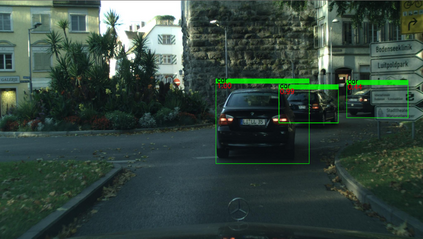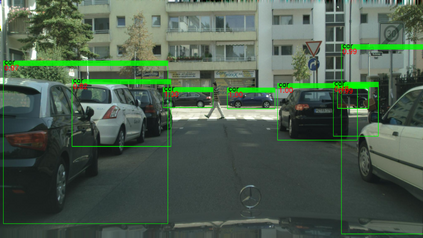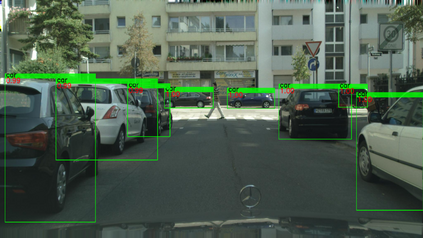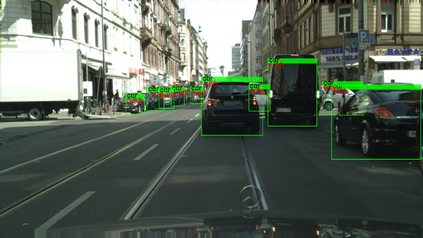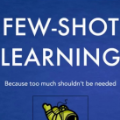To mitigate the detection performance drop caused by domain shift, we aim to develop a novel few-shot adaptation approach that requires only a few target domain images with limited bounding box annotations. To this end, we first observe several significant challenges. First, the target domain data is highly insufficient, making most existing domain adaptation methods ineffective. Second, object detection involves simultaneous localization and classification, further complicating the model adaptation process. Third, the model suffers from over-adaptation (similar to overfitting when training with a few data example) and instability risk that may lead to degraded detection performance in the target domain. To address these challenges, we first introduce a pairing mechanism over source and target features to alleviate the issue of insufficient target domain samples. We then propose a bi-level module to adapt the source trained detector to the target domain: 1) the split pooling based image level adaptation module uniformly extracts and aligns paired local patch features over locations, with different scale and aspect ratio; 2) the instance level adaptation module semantically aligns paired object features while avoids inter-class confusion. Meanwhile, a source model feature regularization (SMFR) is applied to stabilize the adaptation process of the two modules. Combining these contributions gives a novel few-shot adaptive Faster-RCNN framework, termed FAFRCNN, which effectively adapts to target domain with a few labeled samples. Experiments with multiple datasets show that our model achieves new state-of-the-art performance under both the interested few-shot domain adaptation(FDA) and unsupervised domain adaptation(UDA) setting.
翻译:为了减轻域变造成的探测性下降,我们的目标是开发一种新的微小适应方法,仅需要少数带限制带框说明的目标域图像。为此目的,我们首先观察到若干重大挑战。首先,目标域数据高度不足,使大多数现有域适应方法无效。第二,目标探测涉及同时进行本地化和分类,使模型适应过程更加复杂。第三,模型存在适应过度(类似于在培训时用少数数据实例进行过度调整)和不稳定风险,可能导致目标域内探测性能退化。为了应对这些挑战,我们首先在源和目标特性上引入配对机制,以减轻目标域样品不足的问题。我们然后提出双级模块,使经过培训的源探测器适应目标领域适应:(1)基于图像级的集成调整模块统一选取和对齐,使模型在不同规模和方面比例上对齐;(2)实例级调整模块对齐了目标特性,从而避免了类间混淆。与此同时,我们首先在源模型对源模型(SMFRFR-FR-R-S-R)上引入了对源模型的配对配机制机制,然后我们提出一个双级的实地适应性调整模型模型,使FA-FRA-S-S-S-S-S-S-S-S-S-S-S-S-S-A-SD-SD-SD-S-S-S-S-S-S-S-S-S-S-S-S-S-S-S-S-A-S-S-S-S-S-A-A-A-A-A-A-A-A-A-A-A-A-A-A-A-A-A-A-A-A-A-A-A-A-A-A-A-A-A-A-A-A-A-A-A-A-A-A-A-A-A-A-A-A-A-A-A-A-A-A-A-A-A-A-A-A-A-A-A-A-A-A-A-A-A-A-A-A-A-A-A-A-A-A-A-A-A-A-A-A-A-A-A-A-A-A-A-A-A-A
























